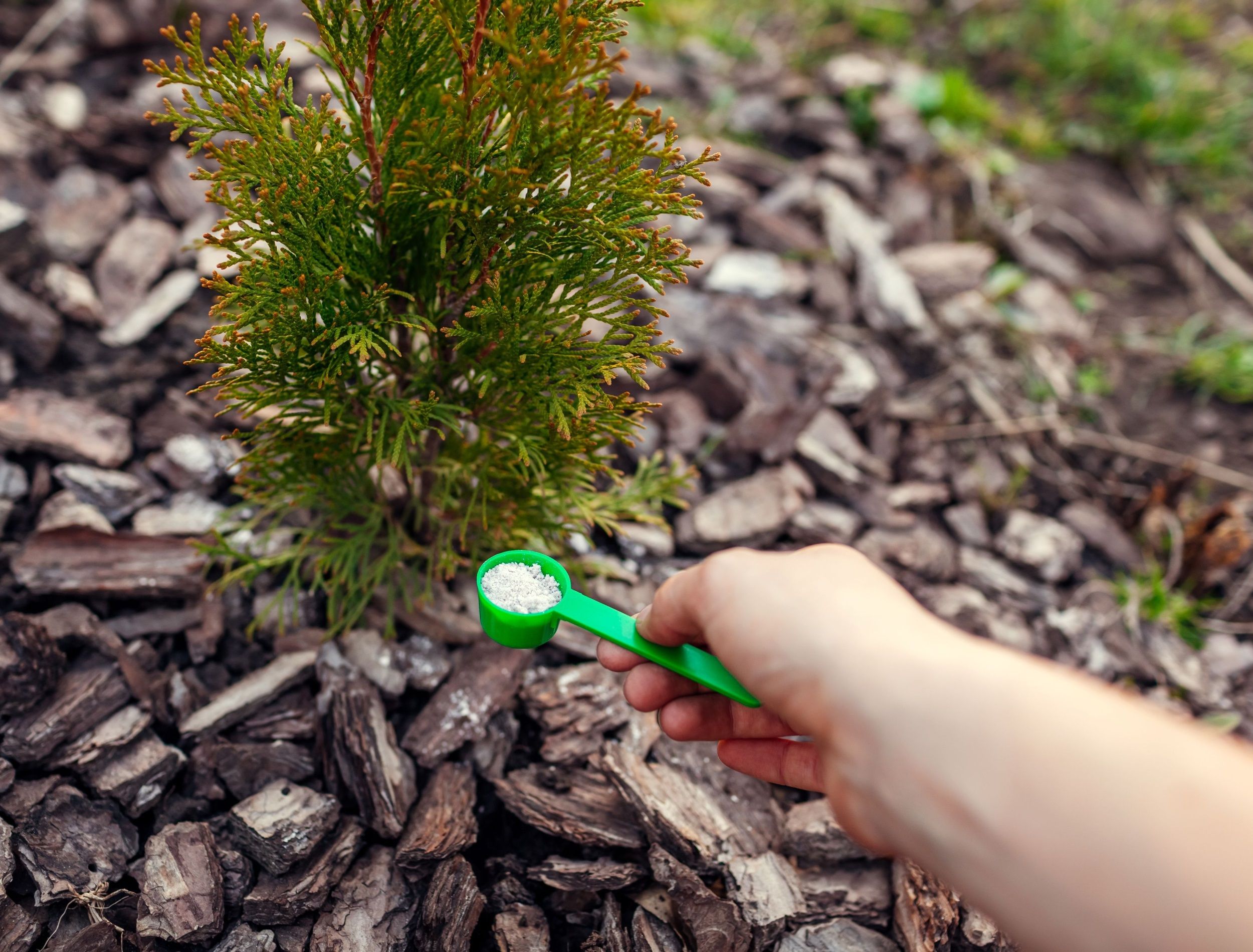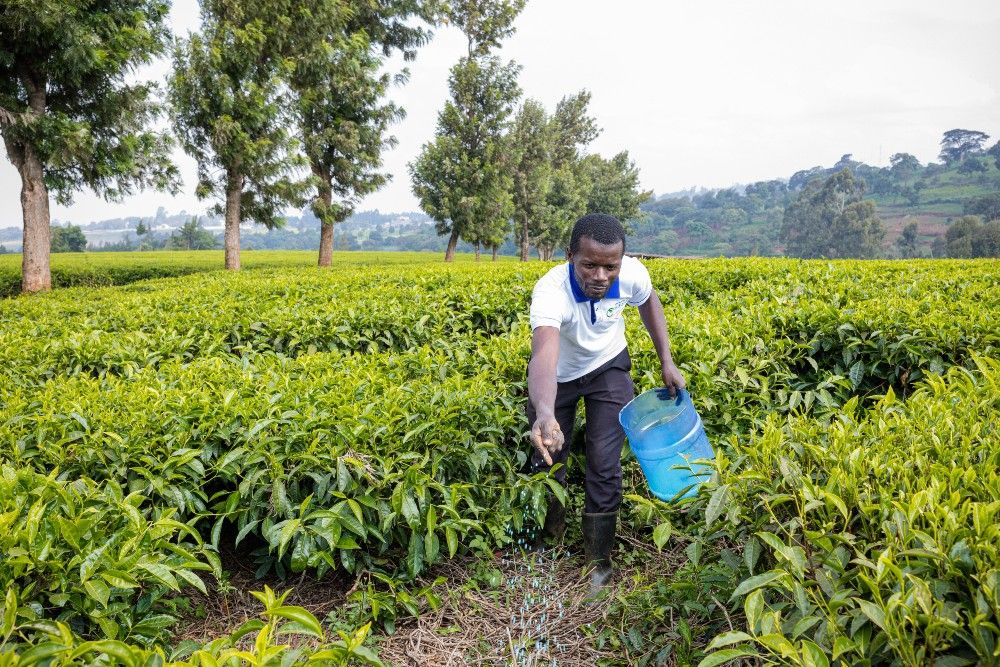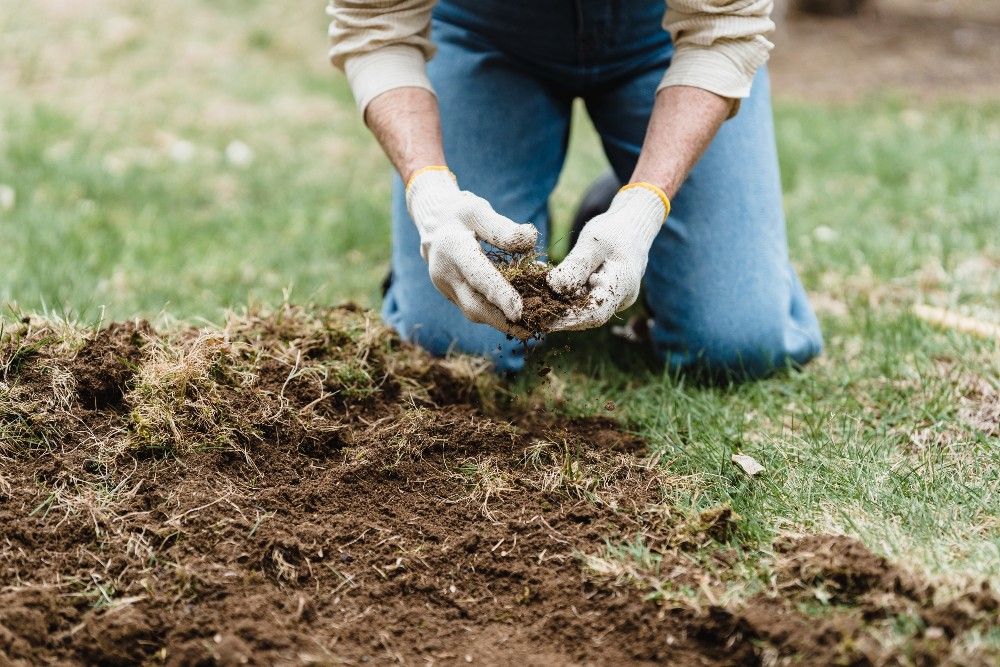Evergreens are truly a natural boon! They keep their foliage through more than one season and are a reflection of everlasting marvel. Their ability to harvest sunlight no matter what time of the year is one reason why gardening enthusiasts love adding these to their yards. However, like all other kinds of greens, evergreens too require their fair share of nutrients to thrive and grow well.
Evergreens do not require as much fertilization or maintenance as they receive nutrients from soil. However, fertilization is required until they reach a point of sturdiness and maturity.
Without further ado, let us take you through the important aspects of fertilizing your evergreens.
WHEN IS THE BEST TIME TO FERTILIZE EVERGREENS
Image credits: Max Vakhtbovych via pexels.com
Evergreens need additional nutrition on certain occasions. Thus, you fertilize when the plants need nutrition and the roots are ready to absorb. There are a couple of ways to determine the best time to fertilize evergreens. Follow nature's lead and look out for certain apparent indicators such as,
- Growth of the greens is slow or there has been no new growth in a long time.
- The greens do not appear a healthy green or the color is dark yellow or brown.
- The evergreen is rooted in an unsuitable ground that contains a high level of sand or clay soil.
- The plant is affected by insect infestation or plant disease.
- The plant is young and you would like to promote faster growth.
The idea is to look out for the health of your evergreens before adding any form of fertilizers. Once you are certain that your evergreens require fertilizers, you must be careful about when and how you fertilize. The most suitable time to add nutrients is between April and mid-July. Applying fertilizers after this period will stimulate growth. The new growth will find it hard to sustain the cooler periods. By the rule of thumb, aim to release fertilizer during summer and early fall.
HOW TO FERTILIZE EVERGREENS
Image credits: Antony Trivet via pexels.com
Fertilizing evergreens is important to maintain their health and vitality. But what also matters is how you undergo the fertilization process.
Over or under-fertilizing through incorrect techniques will hamper the growth of your plants. Here are some tips that you should follow on how to fertilize evergreens.
Step 1 - Test the Soil
Evergreens grow healthier when the pH of the soil is more acidic. Getting a soil test will help you know overall information about the soil. A pH of less than 7.0 means that the soil is acidic in nature.
Step 2 - Pick the Right Fertilizer
An evergreen fertilizer must include essential nutrients such as nitrogen (N), phosphorus (P) and potassium (K). Ensure that the content of nitrogen is higher as the soil usually demands a higher dose. You can view this in the form of numbers that are listed on the pack. For example, you will view N(15)-P(8) and K(10).
Step 3 - Follow Package Instructions
Most fertilizers have to be added by pounds to a given thousand square feet. The best way is to roughly estimate the square feet that your evergreens are spread across. Typically, these plants demand fertilization every two to four years.
Step 4 - Spreading Technique
The best method to undertake fertilization is by digging holes in the soil. Use a metal rod to dig holes that are about 10 inches deep and spaced about 2 feet apart. Add the fertilizer equally to each hole and water it well.
Step 5 - Water
Water dry plants for a couple of days before you distribute the fertilizer. As stated before you should thoroughly water your evergreens after fertilization; The moisture will allow the fertilizer to effectively seep into the soil.
BENEFITS OF FERTILIZING EVERGREENS
Image credits: Greta Hoffman via Pexels
Fertilizing your evergreens is an essential part of plant care. It carries several benefits such as,
- Stronger and faster growth
- Better resistance to plant diseases and insect infestation
- Promotes healthy root structure and wider branching
- Increase in the overall lifespan of shrubs and plants.
Fertilizing is important to ensure that your evergreens continue to stay ‘evergreen’ and thrive!
ORGANIC MULCHING POST FERTILIZATION
Image credits: manfredrichter via Pixabay
Organic mulching can further strengthen evergreens and promote healthier growth. It could include materials such as crop residues, grain straw, chipped brush and leaves. Experts also recommend the use of wooden chips or shredded bark that is well-seasoned.
Mulch must be placed on the surface of the soil under and around the branches of evergreen trees. As the material breaks down, small amounts of nutrients get added to the soil. It helps maintain the fertility of the soil and supports ecosystem breeding of bacteria in the ground.
Have Your Evergreens For Evermore!
The thought of fertilizing your beloved greens and doing it correctly can feel like a daunting task. However, you do not have to be worried. Ensure that you follow the right steps when fertilizing and do not overdo it. If you find yourself in a dilemma, look for solutions from plant connoisseurs or professionals.
Do you have more questions or suggestions? Leave your comments below!





